Back in 1944, when the commercial aviation industry was first taking shape, a meeting known as the Chicago Convention took place to set out the rules of the game for international air travel.
At this meeting, a list of commercial aviation rights was drawn up, to be henceforth known as the “Freedoms of the Air.”
Some of these freedoms are rather basic, like the “first freedom,” which allows airlines from a certain country to fly over a different country without landing. Others, such as the “fifth freedom” of commercial aviation, are a little more interesting.
Fifth freedom flights occur when airlines from a certain country fly between two other foreign countries, as long as the flight ultimately originates or terminates in the airline’s home country. In these flights, airlines are allowed to transport passengers and cargo.
Let’s have a deeper look at fifth freedom flights and why they make for quite an intriguing phenomenon in the world of aviation.
How Do Fifth Freedom Flights Work?
Airlines typically exercise the fifth freedom by operating a multi-stop flight that begins in Point A within their home country, flies to Point B in a different country, and then flies to Point C in a third country. The flight between Point B and Point C would be considered the fifth freedom flight.
Let’s take one of the most well-known North American fifth freedom flights as an example: Singapore Airlines’ flight from Frankfurt (FRA) to New York (JFK).
With this flight, the Singapore-based airline flies from its home airport of Singapore to Frankfurt, and then proceeds onwards to New York City.
Despite there being two separate take-offs and landings, the flight uses a single flight number (SQ26), and customers are able to use this service to travel from Singapore to Frankfurt, Singapore to New York, or exclusively between Frankfurt and New York.

Note that the ability to carry passengers and cargo exclusively between Point B and Point C (in this case, between Frankfurt and New York City) is a key feature of fifth freedom flights.
If the flight simply stops in Point B as a technical or refuelling stop, without the right to pick up and drop off passengers, then it doesn’t invoke the fifth freedom (instead, it’s the second freedom of the air that applies here – namely, the freedom to land in a territory for non-passenger and non-cargo reasons).
An example of such a flight is the now-defunct British Airways service from London City Airport to New York JFK. This flight made a refuelling stop in Shannon, Ireland, but customers weren’t able to book this flight from Shannon to either London or New York – the stop in Ireland was purely a technical stop.

Prior to the advent of extended long-haul ranges for aircraft, the second freedom was invoked more often. Airports such as Gander, Newfoundland; Shannon, Ireland; and Anchorage, Alaska were all frequent refuelling stops where passengers wouldn’t disembark.
Why Do Fifth Freedom Flights Exist?
Before a wave of technological innovation in the 1980s made jetliners much more cost-efficient, fifth freedom flights were essential for airlines to be able to operate long-haul flights profitably, as they allowed airlines to serve multiple different markets in a far-flung corner of the world with one single flight.
Some historical examples include Air India’s Toronto–Montreal–London–Delhi service and Alitalia’s Rome–Athens–Delhi–Bangkok–Hong Kong–Tokyo flight (imagine being on that in economy class).

The proliferation of widebody aircraft like the Boeing 767 and Airbus A330 meant that non-stop flights became much more cost-efficient, resulting in the decline of multi-stop services taking advantage of the fifth freedom of the air.
These days, fifth freedom flights continue to represent an economically viable way for a carrier to serve two markets that might not justify having their own separate non-stop flights, and coincidentally, to pick up an extra source of revenue.
For example, Turkish Airlines operates a number of fifth freedom routes around the world, such as Istanbul–São Paulo–Buenos Aires and Istanbul–Singapore–Melbourne, thus optimizing their route network while ensuring maximum aircraft utilization.

Similarly, fifth freedom flights are commonplace in Africa, where there’s moderate demand for air travel from virtually every corner of the continent, but not necessarily an economically viable basis for airlines to operate individual non-stop flights to every major population centre.
Hence, we see flights like TAP Air Portugal’s Lisbon–Accra–São Tomé, Ethiopian Airlines’ Addis Ababa–Lusaka–Harare, Turkish Airlines’ Istanbul–Luanda–Libreville, and many more.

An airline might also exercise its fifth freedom rights in order to capture additional revenue between two markets that are “along the way.”
Examples of this include Singapore Airlines’ Singapore–Tokyo–Los Angeles route and Emirates’ Dubai–Athens–Newark route, which capitalize on the heavy demand for travel between the West Coast and Asia and the significant Greek community in the New Jersey area, respectively.
If you’re wondering why we don’t have more fifth freedom flights from Emirates given their great reputation, it’s because governments and regulators often see them as unfair competition to a country’s own airlines, and thus tend to oppose them.
Indeed, the US airlines – in particular United, which runs heavy operations out of Newark Airport – were staunchly opposed to Emirates entering the market with their fifth freedom route.
Given the fact that fifth freedom flights tend to require government approval from at least three countries, it’s not hard to see why there’s relatively few of them out there compared to normal Point-A-to-Point-B services. However, the importance of fifth freedom flights can’t be overstated when they serve countries and communities without extensive air services.
The best example of this is the famous United Island Hopper, which runs between Honolulu and Guam, with stops on islands and atolls belonging to Micronesia and the Marshall Islands.
Redeeming Points for Fifth Freedom Flights
Fifth freedom flights tend to be very valuable options when you’re planning to redeem points for a trip. There are many reasons for this, and it’s useful to know about fifth freedom routes specifically for redeeming points.
Short-haul fifth freedom flights usually feature the widebody aircraft that’s used for the long-haul sector. This makes for a much more comfortable short-haul flight than on a narrowbody aircraft that competing airlines might use.
Fifth freedom flights can also be a way to try out a spectacular airline product at a relatively low mileage cost. Indeed, some of the best prizes in the game, including Emirates First Class and Singapore Airlines Suites Class, are best booked on fifth freedom routes.
 Fly Emirates First Class on a fifth freedom route
Fly Emirates First Class on a fifth freedom routeSometimes, a fifth freedom route is the only viable routing option between two cities within a certain airline alliance. Whereas award space might be hard to come by with the local carriers, it may be more bountiful on a fifth freedom route, and therefore easier to book using points.
Lastly, there’s a bit of a novelty factor at play, too. It’s often just fun to travel between two countries on the airline of a third country.
There are literally hundreds of fifth freedom flights around the world, so it wouldn’t really be possible to highlight all the potential sweet spots. Feel free to play around with FlightConnections to search for more fifth freedom routes, and then verify that the route is operating using a tool like ExpertFlyer or Google Flights.
Alternatively, you can check out the regularly updated list of fifth freedom flights that Australian Frequent Flyer maintains.
However, for this article, let’s go around the continents to look at some interesting fifth freedom routings that you can redeem points for.
North America
There are a few ways to hop around the Caribbean islands on fifth freedom flights. In particular, British Airways operates intra-island flights such as Saint Lucia–Grenada and Nassau–Grand Cayman.
Award availability in all cabin classes on these flights is very good, and redeeming Avios for these short-haul hoppers is an excellent deal given the otherwise exorbitant cost of intra-Caribbean flights.

In recent years, some of the most popular fifth freedom routes in North America have been axed. These included a flight from Vancouver to New York with Cathay Pacific, and a flight from Montreal to Cuba with Air China, and to date neither of these routes are currently being operated.
Airlines are constantly re-working networks, so as routes are restored, we may see the return of some fifth freedom routes to North America in the future.
South America
Fifth freedom flights are relatively commonplace across South America, especially between Chile, Argentina, and Brazil.
This part of the world is relatively isolated geographically, so many of the world’s airlines choose to knock out two destinations in one go by exercising their fifth freedom rights.
For example, Turkish Airlines, Ethiopian Airlines, Air Canada, and Swiss all fly from Buenos Aires to São Paulo before continuing on to their respective hubs.
 Fly Ethiopian Airlines business class on fifth freedom routes
Fly Ethiopian Airlines business class on fifth freedom routesThe easiest way to book the Star Alliance airlines that fly this route is with Aeroplan.
A one-way flight in business class between these two cities costs 10,000 points in economy or 20,000 points in business class.

Europe
Europe is home to some of the world’s more interesting fifth freedom routes.
One of the best airline products available, Emirates First Class, has fifth freedom routes that connect Europe with North America.
Given that it’s relatively difficult to score these aspirational seats at a reasonable cost on ultra long-haul flights, the shorter fifth freedom flights make them much more accessible.
For example, Emirates has a fifth freedom route between Athens and Newark, as well as one between Milan and New York JFK.
First Class flights from North America to Dubai cost upwards of 163,000 Skywards miles and over $1,000 (USD) in taxes and fees.
Luckily, the fifth freedom routes are much less expensive. For example, flying between Athens to Newark costs only 102,000 Skywards miles and 136 EUR in taxes and fees.

Currently, there is an intriguing fifth freedom route with Singapore Airlines between Frankfurt and New York. When the airline operated the A380 on the route – complete with Singapore Airlines Suites Class – you could book it for as few as 97,000 KrisFlyer miles – though Saver seats are very hard to come by and reportedly available only to the airline’s PPS Club members.
Hopefully, Singapore Airlines will launch the A380 on this route once more, as it represented an excellent opportunity to fly in one of the world’s best cabins.
 Fly Singapore Airlines Suites Class on a fifth freedom route
Fly Singapore Airlines Suites Class on a fifth freedom routeIn terms of getting around within Europe, intra-European business class typically consists of no more than an economy class seat with a blocked neighbouring seat and slightly better service.
However, if you can score a fifth freedom flight on a widebody aircraft that features a business class seat and premium service, you’re in for a much better experience.
One such example is, again, with Ethiopian Airways. The airline flies the Boeing 787 Dreamliner between Oslo and Stockholm, offering an angle-flat seat for the short flight.

It may not be worthwhile as a separate Aeroplan booking, but to get between the two cities, add a stopover, and then continue onward, it could be one of the more comfortable and creative ways to get around Europe.
Africa
Africa is pretty much the land of the fifth freedom flight, so if you’re planning a trip here, you’ll almost certainly encounter an oddball sector or two.
For example, there’s a fair bit of demand for non-stop travel between North America and West Africa, but there aren’t many West African airlines that are big enough to launch this route.
Ethiopian Airlines has filled in this gap, offering routes such as Addis Ababa–Lomé–New York and Addis Ababa–Lomé–Washington.

Moreover, Turkish Airlines alone operates at least four fifth freedom routes within Africa, connecting places such as Ouagadougou–Conakry and N’Djamena–Niamey.
Asia
Like Africa, Asia is another hotbed for fifth freedom flights. This is especially the case in East Asia, where you have several major population centres within a few hours of each other.
For long-haul routes, one of the most interesting is flying from London, Amsterdam, or Vienna to Bangkok with EVA Air. It’s probably one of the more comfortable ways to get from Europe to Asia, especially when sipping on Krug Champagne and matcha milk tea in business class.
 Fly EVA Air business class on a fifth freedom route
Fly EVA Air business class on a fifth freedom routeEVA Air’s fifth freedom flights from Europe can be booked with Aeroplan for 80,000 points in business class.

Moving around within Asia, we can find some more interesting fifth freedom options. For example, Gulf Air, which is an Aeroplan partner, operates a fifth freedom flight between Colombo and Malé.
The boutique airline is certainly worth a try, especially if you can add it to part of a more complex itinerary.
 Fly Gulf Air business class on a fifth freedom route
Fly Gulf Air business class on a fifth freedom routeBetween Seoul and Tokyo Narita, Ethiopian Airlines operates a fifth freedom flight, which can be very useful for getting between these two global hubs.

And for a brief taste of KLM business class, why not consider flying between Singapore and Bali with the Dutch airline?

If the cost in points is quite high, you could also consider checking out the cash fares, which might be much more reasonable. You can then save your Flying Blue miles for transatlantic crossings, with the program’s harmonized pricing between North America and Europe.
Oceania
Lastly, as another far flung destination, there are many fifth freedom routes servicing the South Pacific region.
The prime example for this, as mentioned, is the United Island Hopper route, which connects Honolulu and Guam with intermediate stops on Pacific islands and atolls, namely Kwajalein, Kosrae, Pohnpei, Chuuk, and Majuro.

But aside from the Island Hopper, United Airlines also operates a few other fifth freedom flights in the Pacific, including Koror to Manila and Saipan to Tokyo.
While these flights can technically be booked through Aeroplan and other Star Alliance loyalty programs, you’ll naturally find better availability with United MileagePlus.
Like United, Fiji Airways has a few fifth freedom routes in the South Pacific, too. These include very intriguing flights between Honolulu and Apia, Samoa, and between Honolulu and Christmas Island, Kiribati.
Conclusion
For airlines, fifth freedom flights represent an opportunity to scale their route network, transport more passengers, and maximize aircraft utilization on a profitable basis.
For travellers, they give you a wider range of travel options (especially when redeeming miles) and introduce an exotic element to your trip, often on a better airline product to boot.
It’s good practice to refresh your knowledge of fifth freedom routes, as you may just find one that is the perfect complement to an otherwise difficult journey to plan.
In some cases, you get an aspirational product at a reasonable cost, while in others, you simply have the luxury of additional options for building out your trip.


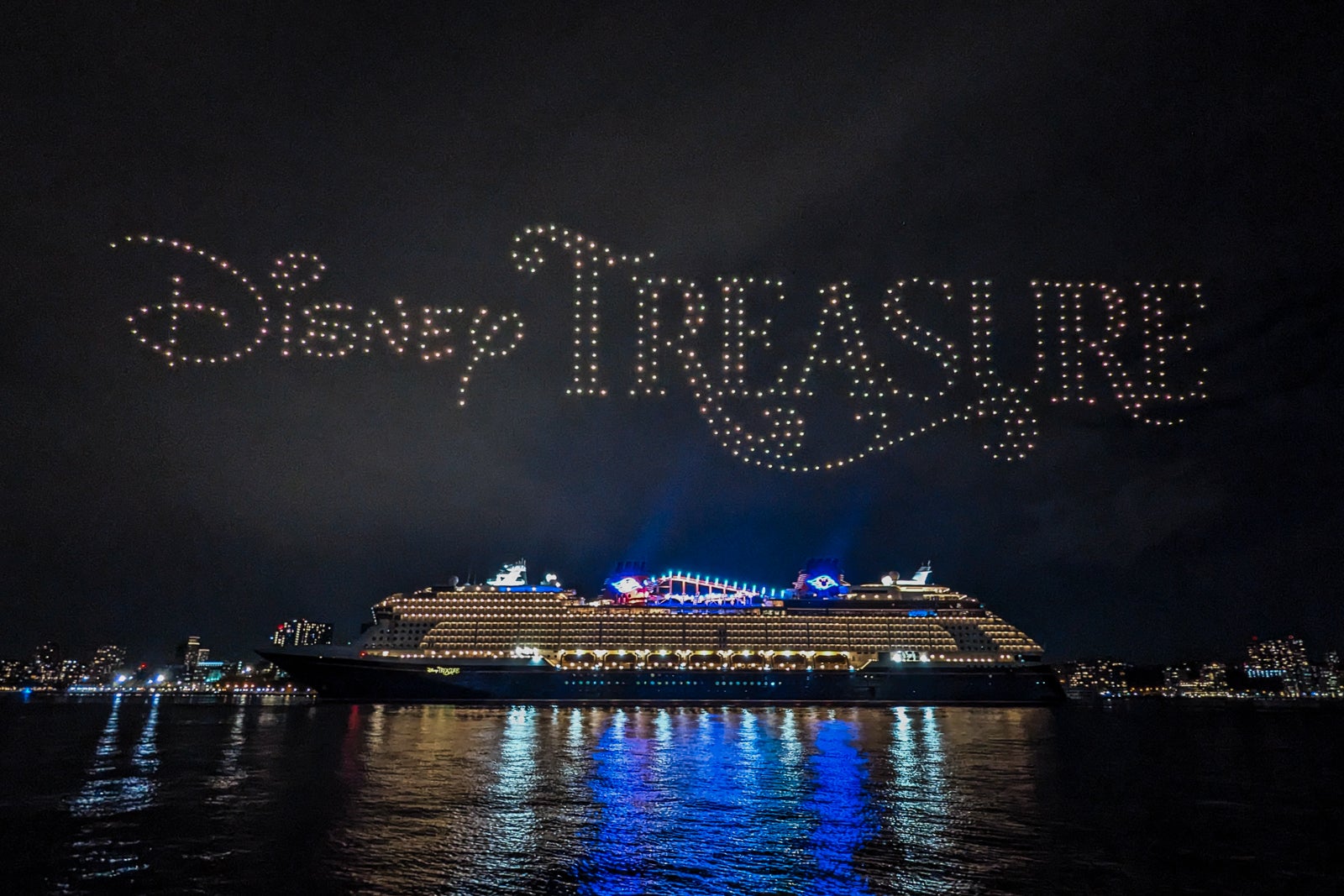



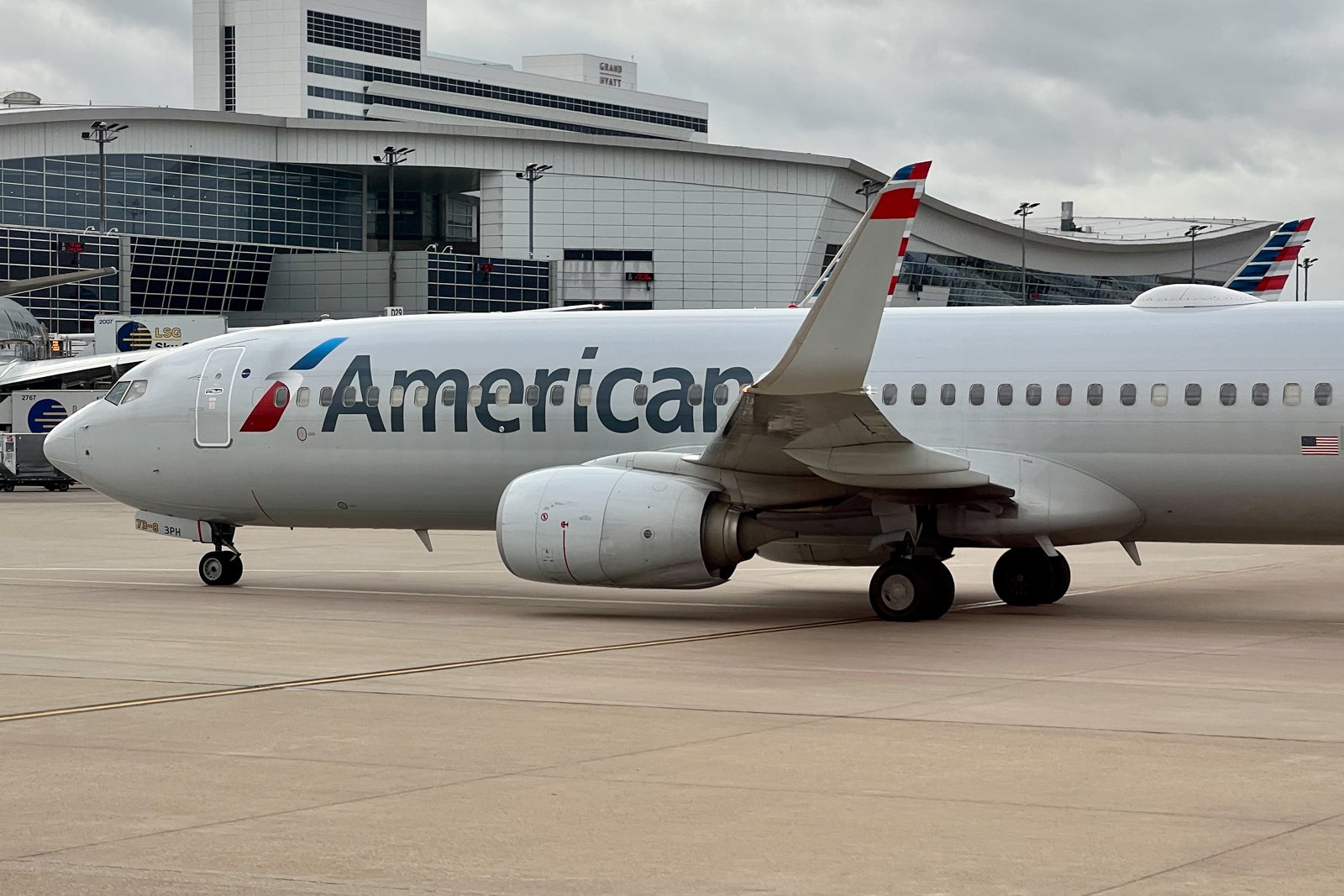
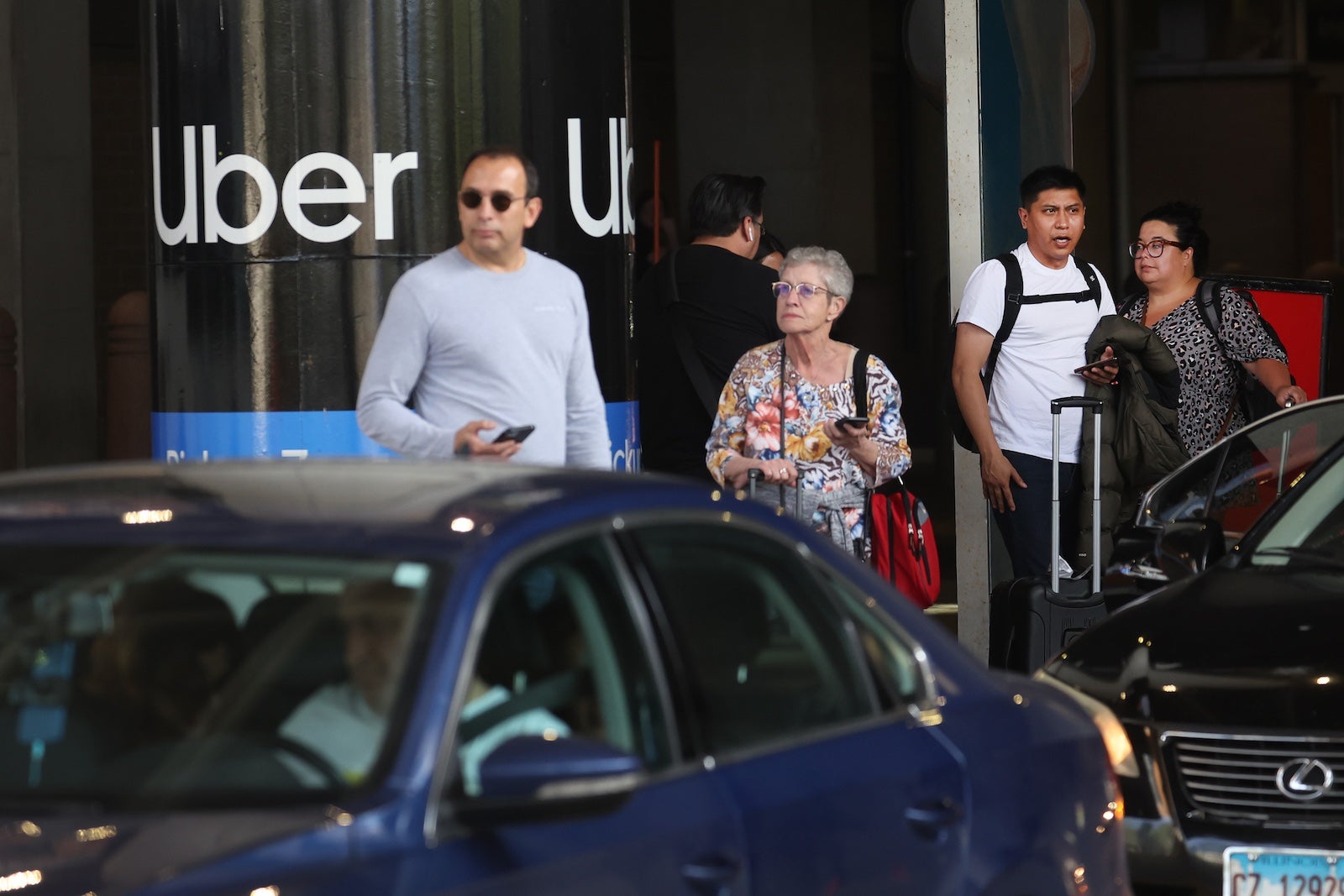
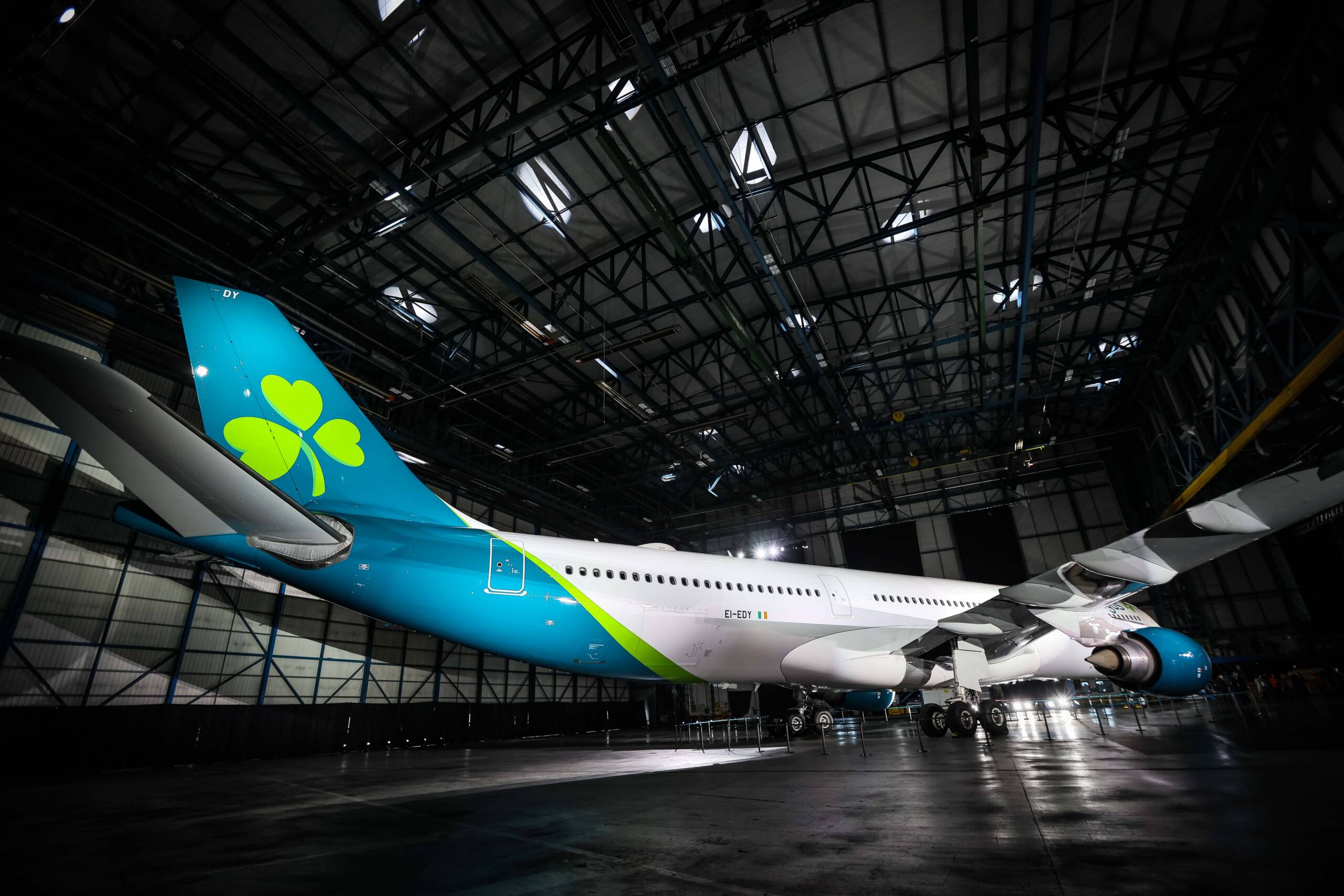





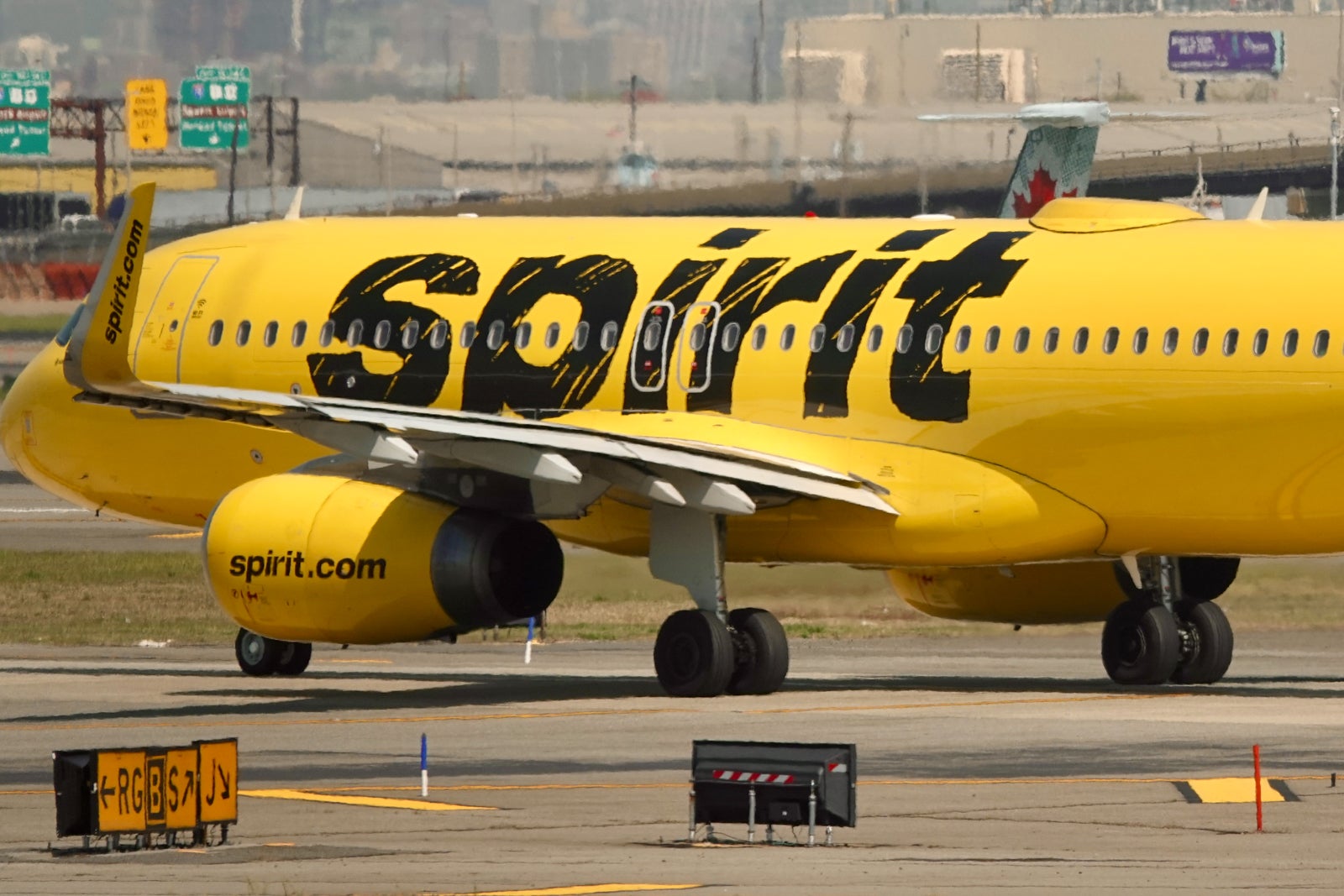


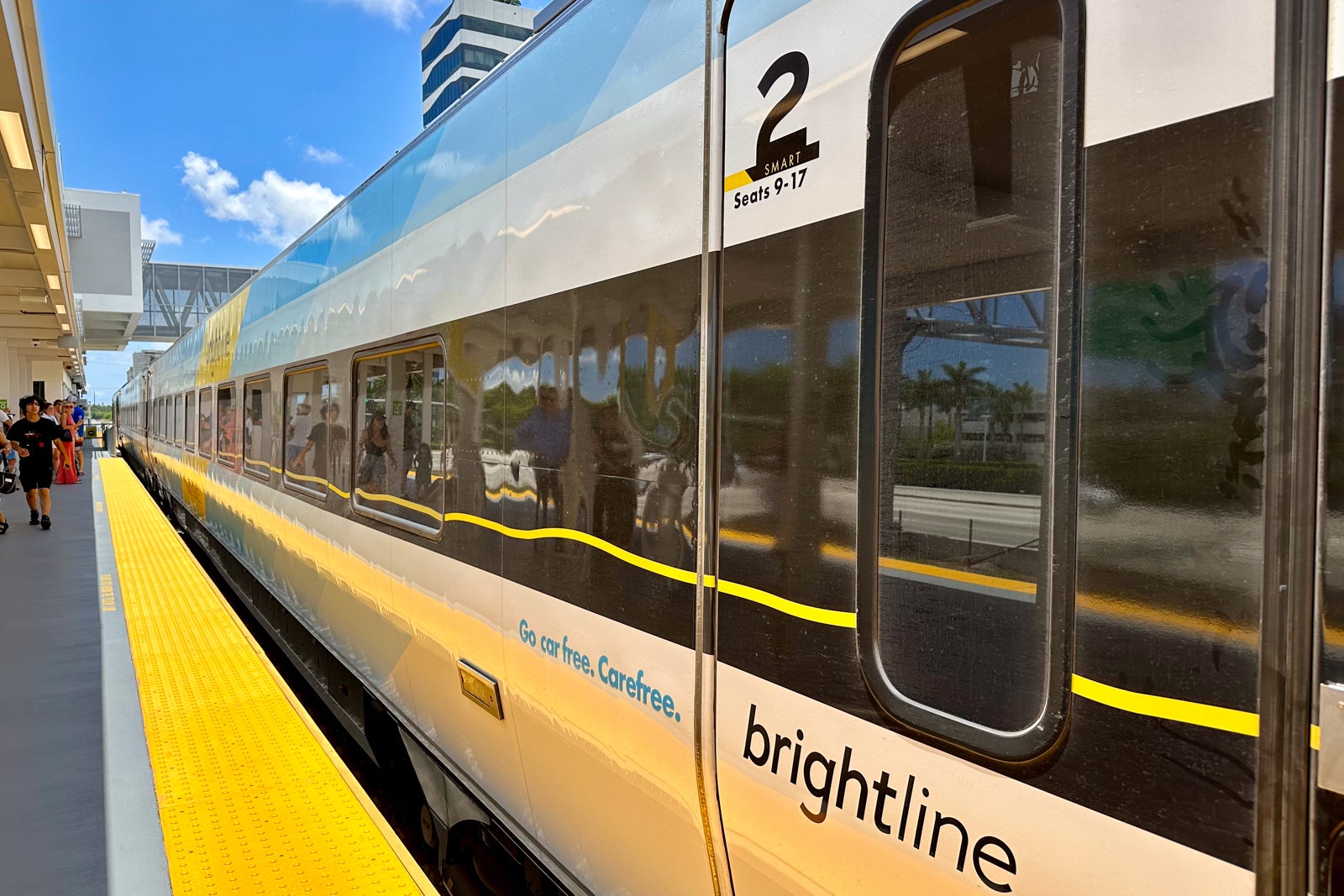
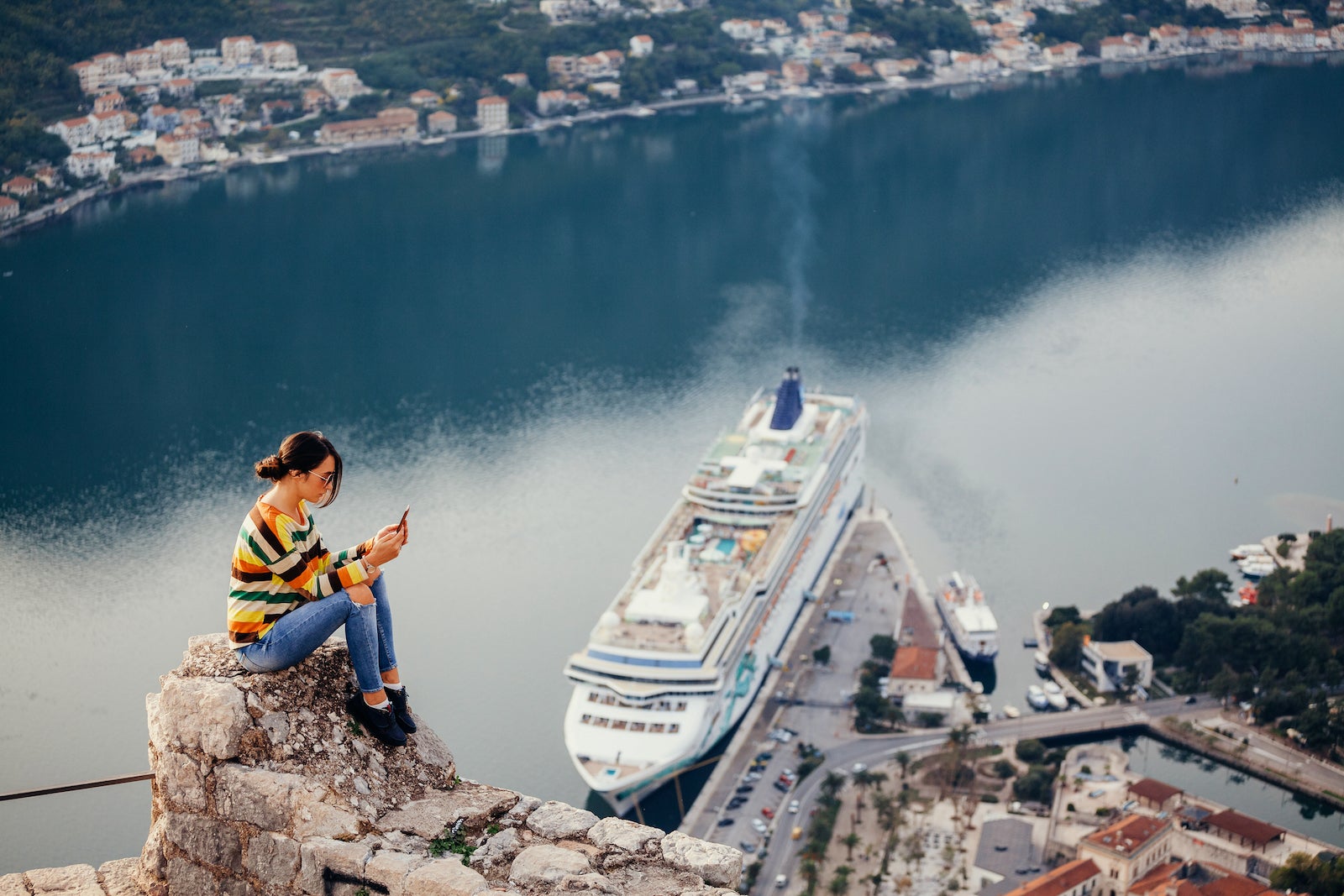
 English (US) ·
English (US) ·